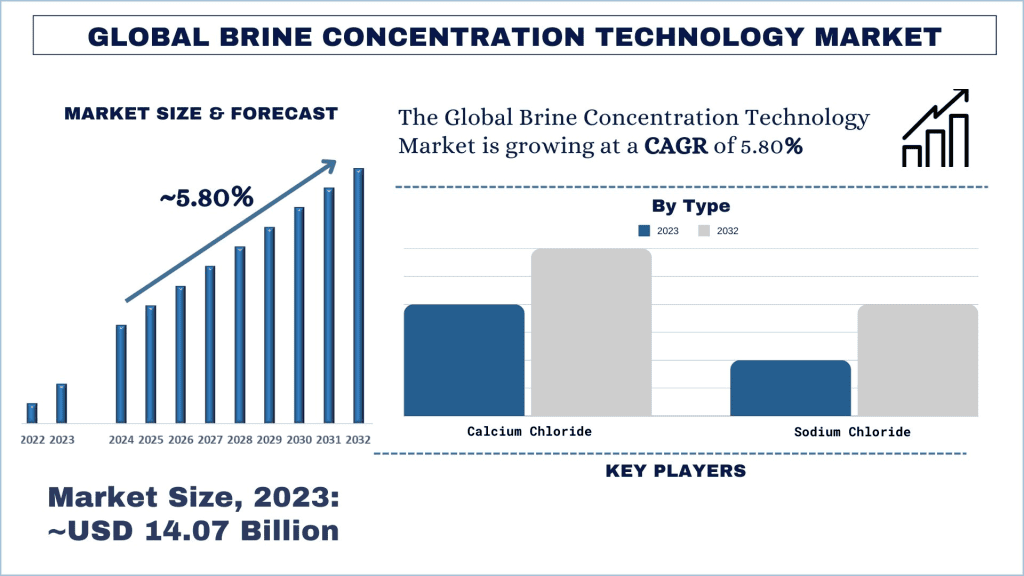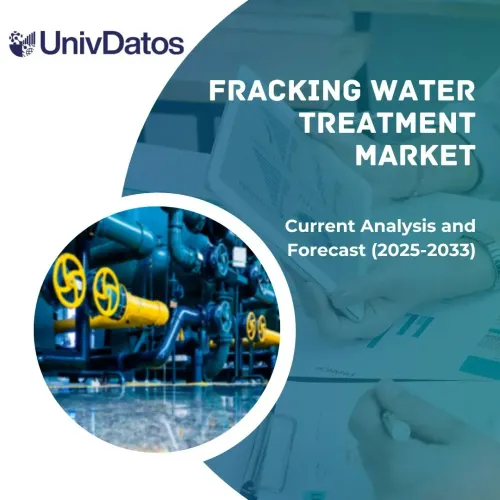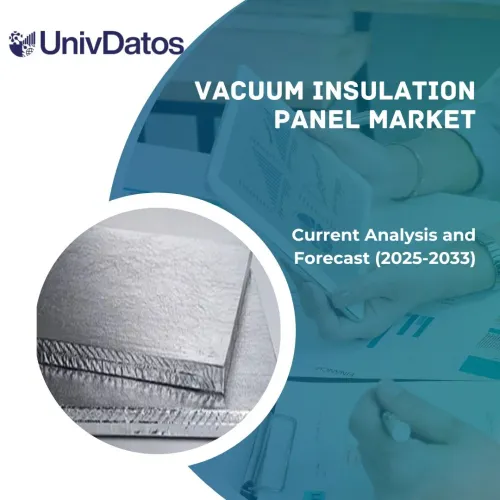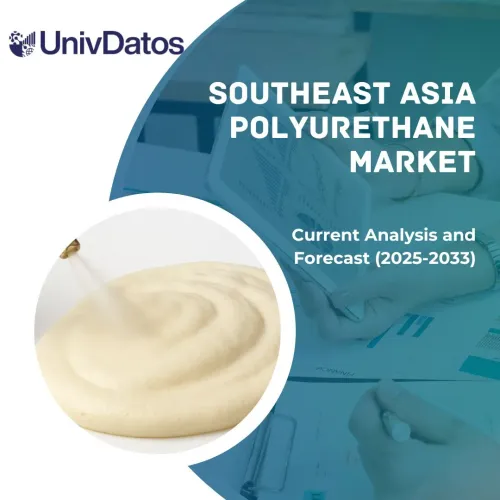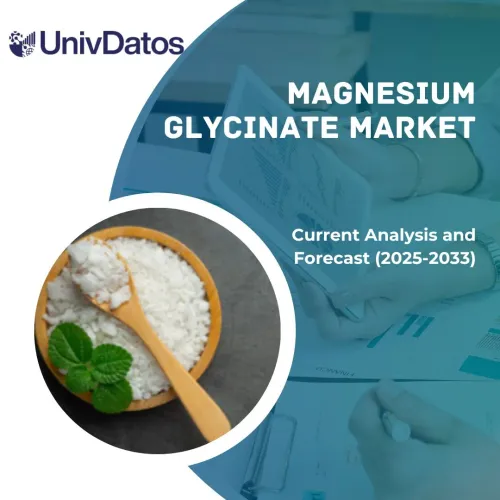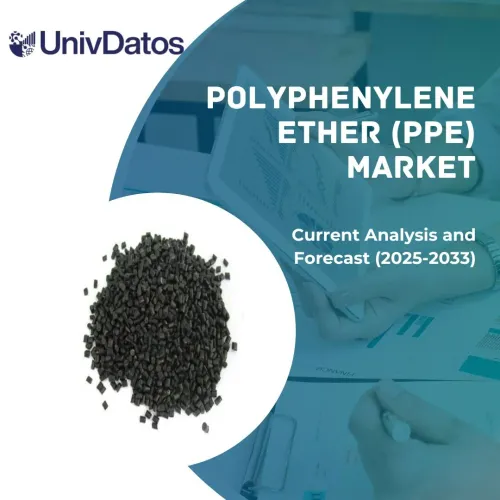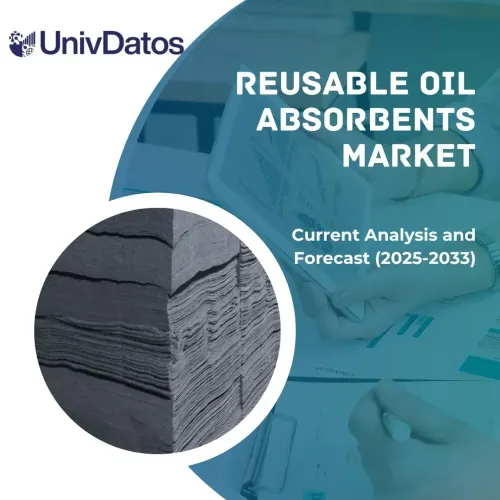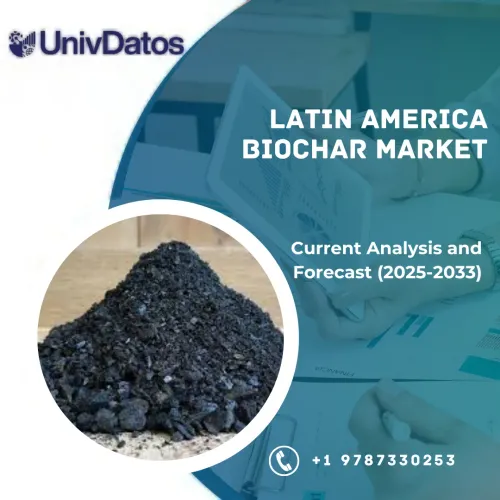- Home
- About Us
- Industry
- Services
- Reading
- Contact Us
Brine Concentration Technology Market: Current Analysis and Forecast (2024-2032)
Emphasis on Technology (High-Energy Reverse Osmosis (HERO), Vertical Tube Falling Film); Type (Calcium Chloride and Sodium Chloride); and Region/Country
Brine Concentration Technology Market Size & Forecast
The Brine Concentration Technology Market was valued at approximately USD 14.07 Billion in 2023 and is expected to grow at a robust CAGR of around 5.80% during the forecast period (2024-2032) owing to the increasing global demand for adequate and fresh water.
Brine Concentration Technology Market Analysis
Brine production is a crucial factor that needs to be handled and minimized in several industries, such as desalination, mining, and oil refining industries, and, therefore, brine concentration technology. The key, longer-term goal is to reduce the adverse effects of brine discharge on the environment and to identify and extract as many valuable materials dissolved in the brine as possible. Technologies standard in this category are Thermal evaporation techniques such as Multi-Effect Distillation (MED), which allows the efficient concentration of brine by splitting the feed into multiple stages of evaporation and condensation, and Mechanical Vapor Compression (MVC), which involves using additional mechanical energy to compress and recycle the vapor then used in the evaporation process. Furthermore, solar evaporation uses solar energy to drive the evaporator section for water evaporation and thus would require regions with high solar insulation and commonly available land.
Environmental policies are getting more elaborate, leading to industries needing to use brine concentration technologies when disposing and managing wastewater to avoid incurring fines and adhere to sustainability. Also, the amount of fresh water is diminishing, hence the calls for more recycling and re-use of water; more industries are endeavoring to manage and reuse water that comes out as waste, such as brine. The possibility of extracting other valuable materials like salts, minerals, and metals from brine also fuels the market’s expansion because many industries can identify massive resource value and monetize this to offset the cost of the treatment. Recent innovations such as better membrane processes, energy-intensive heat processes, and better-mixed systems are making brine concentration methods much more feasible and cheaper, yielding better operations returns. Moreover, companies focus on M&As, investments, and partnerships as key strategies to gain market position and revenue. For instance, in 2023, Evoqua Water Technologies, an industry leader in mission-critical water treatment solutions, acquired the Texas-based industrial water treatment service business of the former Bob Johnson & Associates from Kemco Systems, further strengthening Evoqua’s service footprint in the Texas market.
Brine Concentration Technology Market Trends
This section discusses the key market trends influencing the brine concentration technology market segments as identified by our research experts.
Calcium Chloride Type Transforming Industry
One significant factor is its importance as a de-icing agent, contributing to the demand, especially in areas with severe winter conditions. Moreover, it is also utilized in the oil and gas industry for well drilling and completion fluids; therefore, the demand for calcium chloride increases along with the growing oil and gas industries. Another factor that aids market growth is that the agricultural sector benefits from the product used as a condition for the soil and crops. Developments and innovations in how calcium chloride can be applied and used in various sectors, as well as discoveries on how best to enhance its performance in its use, are other factors that contribute to the market’s growth. For instance, in June 2023, Occidental Chemical Corporation (OxyChem) invested USD 1.2 billion in its Geismar, Louisiana plant. This investment will increase the plant’s calcium chloride production capacity by 20%, positioning the company to meet growing industry demand. Such investments highlight the industry’s recognition of the importance of calcium chloride in brine concentration technology and its broad application spectrum.
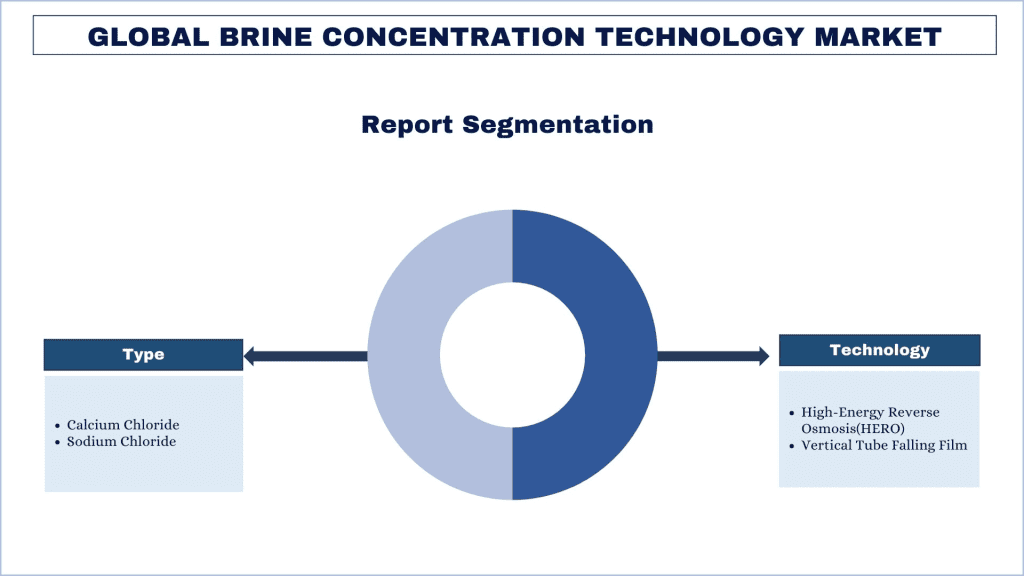
Asia Pacific is Expected to Grow with Significant CAGR During Forecast Period
Asia Pacific has the largest market share compared to other world regions. With such a growing human population, reduced water availability, and the need to meet the demand for freshwater, especially in coastal areas, brine concentration technology has received considerable attention and application in Asia. Large capital costs have been dedicated toward developing brine desalination and concentration capability to address the need for fresh water in the region. There is fast urbanization, industrialization, and population growth in the Asia Pacific region; therefore, there will be a higher demand for water and high-water stress levels. Thus, the governments and enterprises of the region are actively seeking and investing in the technology for the concentration of brine to have a sustainable water supply. On the other hand, North America is expected to witness the fastest market growth throughout the forecast period. Shortage of water, population growth, and the need for appropriate solutions for a sustainable freshwater supply created the development of brine concentration technology in North America. The region has used several methods to increase the concentration of brine, and some of the novel technologies include vertical tube falling technologies.
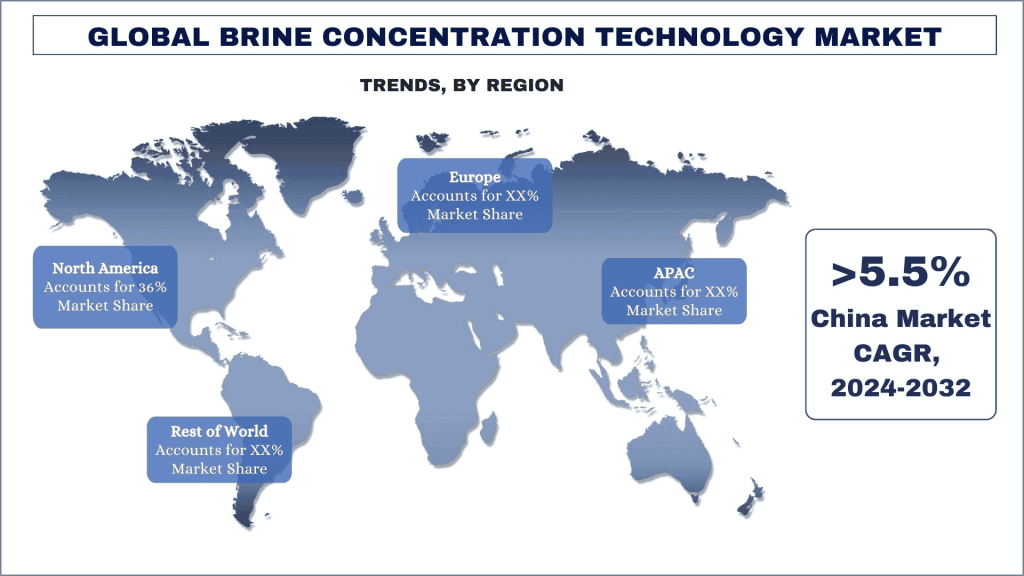
Brine Concentration Technology Industry Overview
The brine concentration technology market is competitive, with several global and international market players. The key players are adopting different growth strategies to enhance their market presence, such as partnerships, agreements, collaborations, new product launches, geographical expansions, and mergers and acquisitions. Some of the major players operating in the market are Veolia, Evoqua Water Technologies LLC, H2O Innovation, Aquatech International LLC, Kovalus Separation Solutions, Waterloo Hydrogeologic, IDE, Saltworks Technologies Inc, Samco Technologies, and Gradiant.
Brine Concentration Technology Market News
In January 2023, Veolia Water Technologies established a collaboration with OLI Systems.
In May 2023, due to the increasing need for water, Xylem purchased Evoqua Water Technologies for USD 7.5 billion
Brine Concentration Technology Market Report Coverage
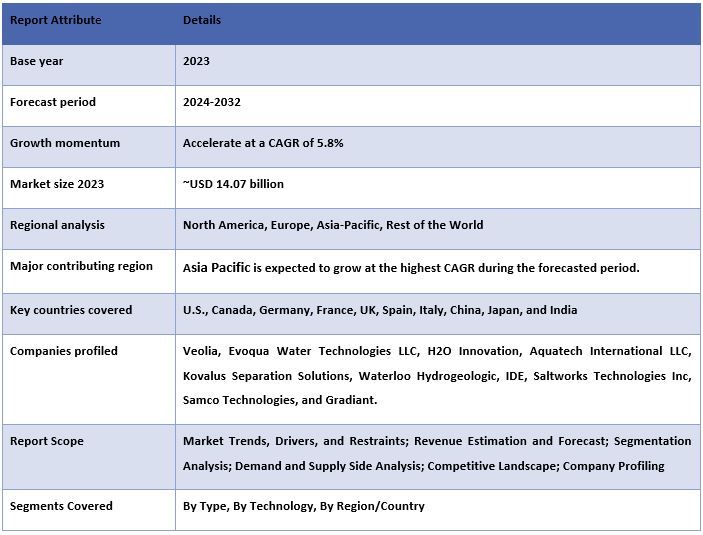
Reasons to buy this report:
- The study includes market sizing and forecasting analysis validated by authenticated key industry experts.
- The report presents a quick review of overall industry performance at one glance.
- The report covers an in-depth analysis of prominent industry peers with a primary focus on key business financials, product portfolios, expansion strategies, and recent developments.
- Detailed examination of drivers, restraints, key trends, and opportunities prevailing in the industry.
- The study comprehensively covers the market across different segments.
- Deep dive regional level analysis of the industry.
Customization Options:
The global brine concentration technology market can further be customized as per the requirement or any other market segment. Besides this, UMI understands that you may have your own business needs; hence, feel free to connect with us to get a report that completely suits your requirements.
Table of Content
Research Methodology for the Brine Concentration Technology Market Analysis (2024-2032)
Analyzing the historical market, estimating the current market, and forecasting the future market of the global Brine Concentration Technology market were the three major steps undertaken to create and analyze the adoption of Brine Concentration Technology in major regions globally. Exhaustive secondary research was conducted to collect the historical market numbers and estimate the current market size. Secondly, numerous findings and assumptions were taken into consideration to validate these insights. Moreover, exhaustive primary interviews were also conducted, with industry experts across the value chain of the global Brine Concentration Technology market. Post assumption and validation of market numbers through primary interviews, we employed a top-down/bottom-up approach to forecasting the complete market size. Thereafter, market breakdown and data triangulation methods were adopted to estimate and analyze the market size of segments and sub-segments of the industry. Detailed methodology is explained below:
Analysis of Historical Market Size
Step 1: In-Depth Study of Secondary Sources:
Detail secondary study was conducted to obtain the historical market size of the Brine Concentration Technology market through company internal sources such as annual reports & financial statements, performance presentations, press releases, etc., and external sources including journals, news & articles, government publications, competitor publications, sector reports, third-party database, and other credible publications.
Step 2: Market Segmentation:
After obtaining the historical market size of the brine concentration technology market, we conducted a detailed secondary analysis to gather historical market insights and share for different segments & sub-segments for major regions. Major segments are included in the report, such as technology, type, and regions. Further country-level analyses were conducted to evaluate the overall adoption of testing models in that region.
Step 3: Factor Analysis:
After acquiring the historical market size of different segments and sub-segments, we conducted a detailed factor analysis to estimate the current market size of the Brine Concentration Technology market. Further, we conducted factor analysis using dependent and independent variables such as technology, type, and brine concentration technology market regions. A thorough analysis was conducted of demand and supply-side scenarios considering top partnerships, mergers and acquisitions, business expansion, and product launches in the Brine Concentration Technology market sector across the globe.
Current Market Size Estimate & Forecast
Current Market Sizing: Based on actionable insights from the above three steps, we arrived at the current market size, key players in the global Brine Concentration Technology market, and market shares of the segments. All the required percentage shares split, and market breakdowns were determined using the above-mentioned secondary approach and were verified through primary interviews.
Estimation & Forecasting: For market estimation and forecast, weights were assigned to different factors including drivers & trends, restraints, and opportunities available for the stakeholders. After analyzing these factors, relevant forecasting techniques i.e., the top-down/bottom-up approach were applied to arrive at the market forecast for 2032 for different segments and sub-segments across the major markets globally. The research methodology adopted to estimate the market size encompasses:
- The industry’s market size, in terms of revenue (USD) and the adoption rate of the brine concentration technology market across the major markets domestically
- All percentage shares, splits, and breakdowns of market segments and sub-segments
- Key players in the global brine concentration technology market in terms of products offered. Also, the growth strategies adopted by these players to compete in the fast-growing market.
Market Size and Share Validation
Primary Research: In-depth interviews were conducted with the Key Opinion Leaders (KOLs), including Top Level Executives (CXO/VPs, Sales Head, Marketing Head, Operational Head, Regional Head, Country Head, etc.) across major regions. Primary research findings were then summarized, and statistical analysis was performed to prove the stated hypothesis. Inputs from primary research were consolidated with secondary findings, hence turning information into actionable insights.
Split of Primary Participants in Different Regions
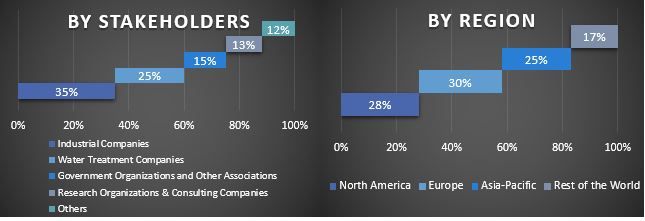
Market Engineering
The data triangulation technique was employed to complete the overall market estimation and to arrive at precise statistical numbers for each segment and sub-segment of the global brine concentration technology market. Data was split into several segments and sub-segments after studying various parameters and trends in the technology, type, and regions of the global Brine Concentration Technology market.
The main objective of the Global Brine Concentration Technology Market Study
The current & future market trends of the global brine concentration technology market were pinpointed in the study. Investors can gain strategic insights to base their discretion for investments on the qualitative and quantitative analysis performed in the study. Current and future market trends determined the overall attractiveness of the market at a regional level, providing a platform for the industrial participant to exploit the untapped market to benefit from a first-mover advantage. Other quantitative goals of the studies include:
- Analyze the current and forecast market size of the Brine Concentration Technology market in terms of value (USD). Also, analyze the current and forecast market size of different segments and sub-segments.
- Segments in the study include areas of technology, type, and regions.
- Define and analyze the regulatory framework for the Brine Concentration Technology
- Analyze the value chain involved with the presence of various intermediaries, along with analyzing customer and competitor behaviors of the industry.
- Analyze the current and forecast market size of the Brine Concentration Technology market for the major region.
- Major countries of regions studied in the report include Asia Pacific, Europe, North America, and the Rest of the World
- Company profiles of the Brine Concentration Technology market and the growth strategies adopted by the market players to sustain in the fast-growing market.
- Deep dive regional level analysis of the industry
Frequently Asked Questions FAQs
Q1: What is the global brine concentration technology market's current size and growth potential?
Q2: What are the driving factors for the growth of the global brine concentration technology market?
Q3: Which segment has the largest share of the global brine concentration technology market by type?
Q4: What are the emerging technologies and trends in the global brine concentration technology market?
Q5: Which region will dominate the global brine concentration technology market?
Related Reports
Customers who bought this item also bought

